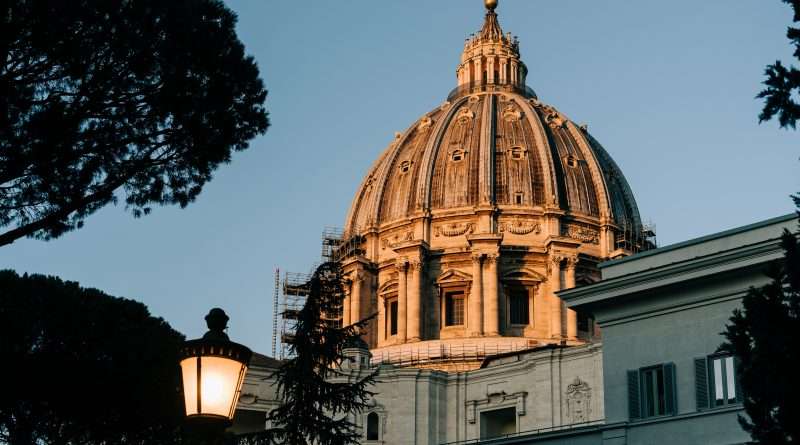Top 10 Smallest Countries in the World: Little Lands, Big Impact
Welcome to our exploration of the top 10 smallest countries in the world! These tiny gems captivate with their rich histories, unique cultures, and breathtaking landscapes. In this article, we’ll journey through the world’s smallest nations to appreciate their distinctiveness. Often overshadowed by more significant global players, these nations hold vital roles in the international community, contributing culturally and offering unique perspectives on global issues. Embracing the beauty of diversity, they remind us of the importance of every voice. Join us as we delve into the top 10 smallest countries in the world, inspiring curiosity and admiration for these lesser-known destinations while uncovering the hidden treasures within their borders.
Top 10 smallest countries in the world
Here is the list of the top 10 smallest countries in the world:
- Vatican City
- Monaco
- Nauru
- Tuvalu
- San Marino
- Liechtenstein
- Marshall Islands
- Saint Kitts and Nevis
- Maldives
- Malta
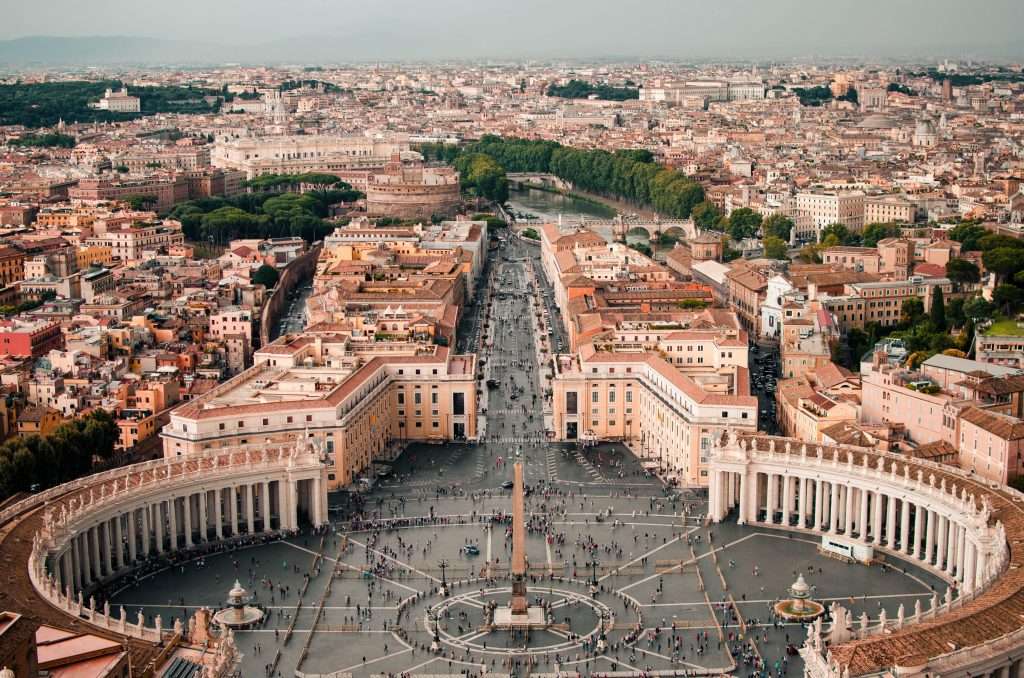
Vatican City
Vatican City holds the title of the absolute smallest country among the top 10 smallest countries in the world. This independent city-state is an enclave within Rome, Italy, and serves as the spiritual and administrative centre of the Roman Catholic Church.
The history of Vatican City is closely intertwined with the Catholic Church’s history, as it houses the Pope’s residence and St. Peter’s Basilica. This world’s smallest nation began in 1929 after the Lateran Treaty established its independence from Italy.
Regarding geographical features, Vatican City spans just 0.17 square miles (44 hectares) and is surrounded by tall walls that separate it from Rome. Despite its tiny size, this world’s smallest nation is home to some of the most significant and renowned art collections, including the Sistine Chapel with its famous ceiling frescoes by Michelangelo.
What sets Vatican City apart from other countries on our list of smallest countries is its unique status as a theocratic, elective monarchy. The Pope, elected by the College of Cardinals, is the head of state and the highest authority within the Catholic Church. Furthermore, the Vatican’s economy is supported by donations from the global Catholic community, tourism, and the sale of postage stamps, publications, and various religious items.
The intriguing blend of history, religion, and art makes Vatican City a must-visit destination on any journey through the top 10 smallest countries in the world.
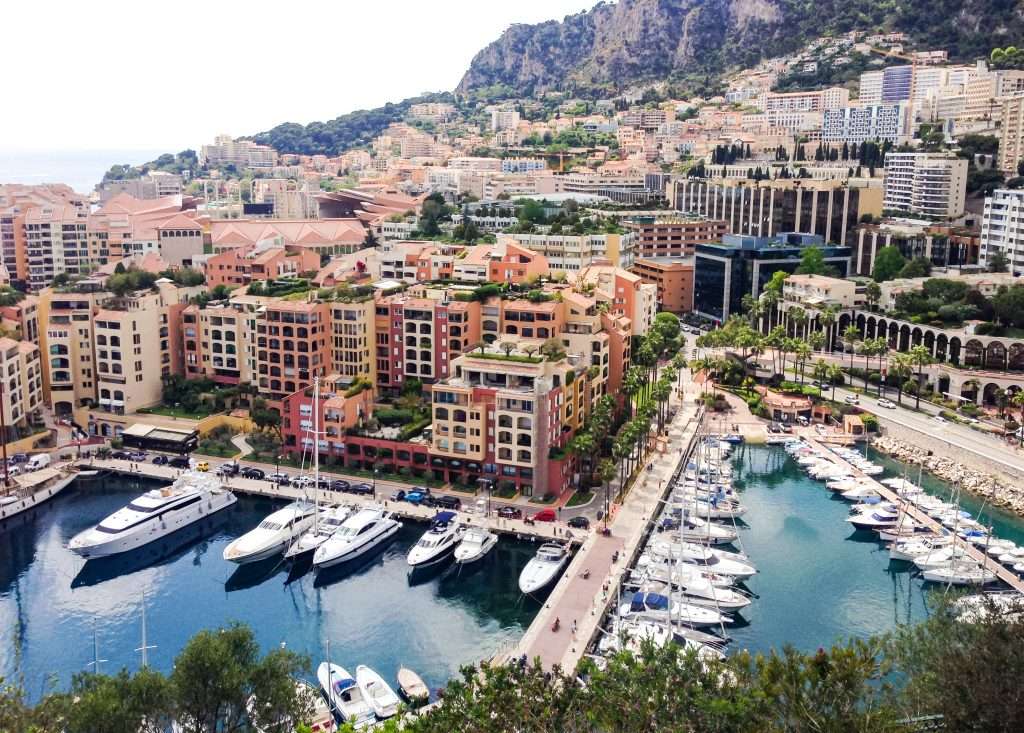
Monaco
Continuing our journey through the top 10 smallest countries in the world, we arrive at Monaco. This tiny yet glamorous Principality is nestled on the French Riviera and shares borders with France and the Mediterranean Sea.
Delving into Monaco’s historical background, we find that the Grimaldi family has ruled this world’s smallest nation since 1297. Monaco’s strategic location and natural harbour have made it an important centre for trade and commerce throughout history.
Monaco’s economy is primarily driven by tourism, with its luxurious hotels, casinos, and yacht-lined marina attracting wealthy tourists from around the globe. The Principality is a prominent financial centre, offering an attractive tax regime and a hub for international businesses.
Among Monaco’s cultural attractions, the most famous is undoubtedly the iconic Monte Carlo Casino, an architectural masterpiece and the epitome of luxury. Visitors can also explore the Prince’s Palace, the residence of the ruling Grimaldi family, and the Oceanographic Museum, which showcases marine life and promotes ocean conservation.
The annual Monaco Grand Prix, a prestigious Formula 1 race held on the streets of Monaco, is another highlight that draws crowds and adds a touch of excitement to this world’s smallest nation.
Monaco is a dazzling gem in the smallest countries, from its rich history to its luxurious lifestyle. It offers an unforgettable experience for those exploring the top 10 smallest countries in the world.
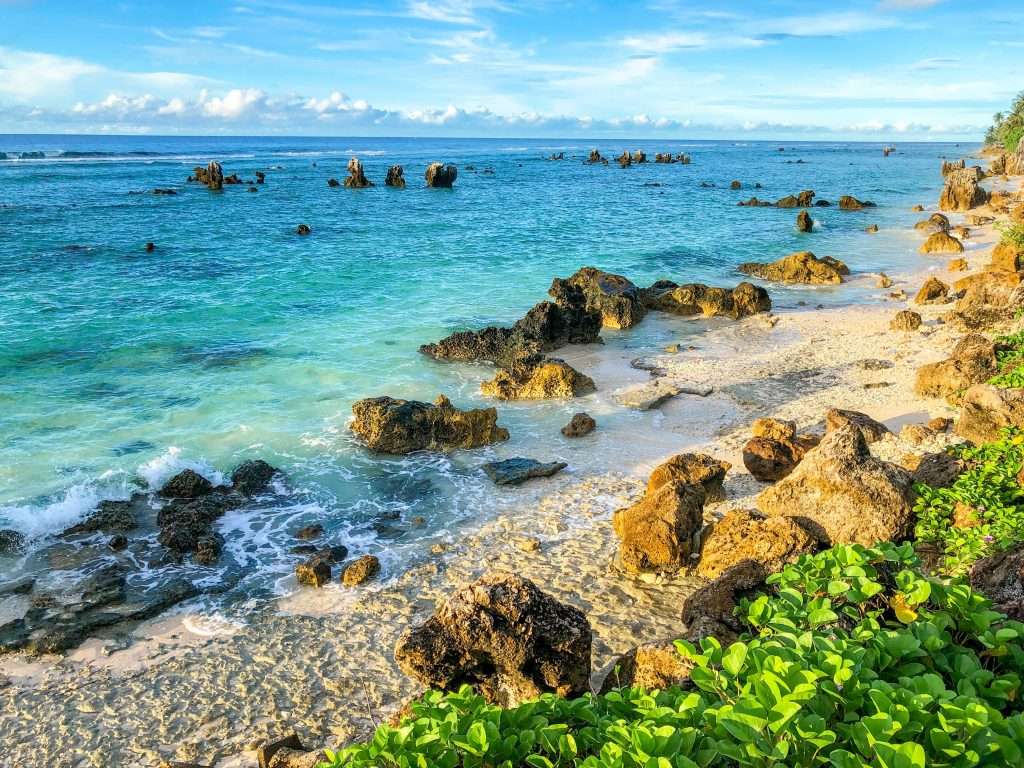
Nauru
Our exploration of the top 10 smallest countries in the world takes us to Nauru, an island nation in the Pacific Ocean. With a land area of just 8.1 square miles (21 square kilometres), Nauru is the third smallest country and one of the world’s smallest nations.
Nauru’s brief history is marked by periods of colonial rule, with Germany, Australia, New Zealand, and the United Kingdom all had control over the island at various times. Nauru finally achieved independence in 1968, becoming one of the smallest independent republics globally.
However, this tiny island has faced significant environmental challenges, primarily due to phosphate mining, severely damaging the landscape and leaving much uninhabitable. Efforts to rehabilitate the land and develop a sustainable future for Nauru are ongoing.
The economy of Nauru was once heavily dependent on phosphate exports. Still, the depletion of these resources has led to a transition towards other industries, such as offshore banking, fishing, and development assistance from foreign governments. The island nation also generates revenue by hosting a processing centre for asylum seekers on behalf of the Australian government.
Nauru’s culture blends Micronesian, Polynesian, and Melanesian influences, reflecting the island’s diverse history. Traditional customs and practices, such as weaving and fishing, play a vital role in Nauruan society. Annual events, like the Nauru Independence Day and Constitution Day, celebrate the nation’s unique identity and achievements.
Despite its challenges, Nauru’s rich history and vibrant culture make it a fascinating destination for those interested in discovering the top 10 smallest countries in the world.

Tuvalu
Continuing our journey through the top 10 smallest countries in the world, we find ourselves in Tuvalu, a remote island nation in the South Pacific. Composed of nine low-lying coral atolls, Tuvalu boasts a total land area of just 10 square miles (26 square kilometres), making it one of the world’s smallest nations.
Tuvalu’s location and geography make it particularly vulnerable to the impacts of climate change. Rising sea levels pose a significant threat to the nation’s existence, with some islands already experiencing increased coastal erosion and flooding. The government and international community are working on strategies to mitigate these effects and ensure the nation’s survival.
Despite the challenges, Tuvalu is a place of vibrant traditions and customs. Its culture uniquely blends Polynesian and Micronesian influences, evident in traditional dance, music, and handicrafts. The local people, known as Tuvaluans, are renowned for their warm hospitality and a strong sense of community, rooted in the traditional concept of “falekaupule,” a decision-making system involving the community as a whole.
In exploring the top 10 smallest countries in the world, Tuvalu stands out as a nation that embodies resilience, cultural richness, and the importance of global cooperation in addressing shared challenges such as climate change.
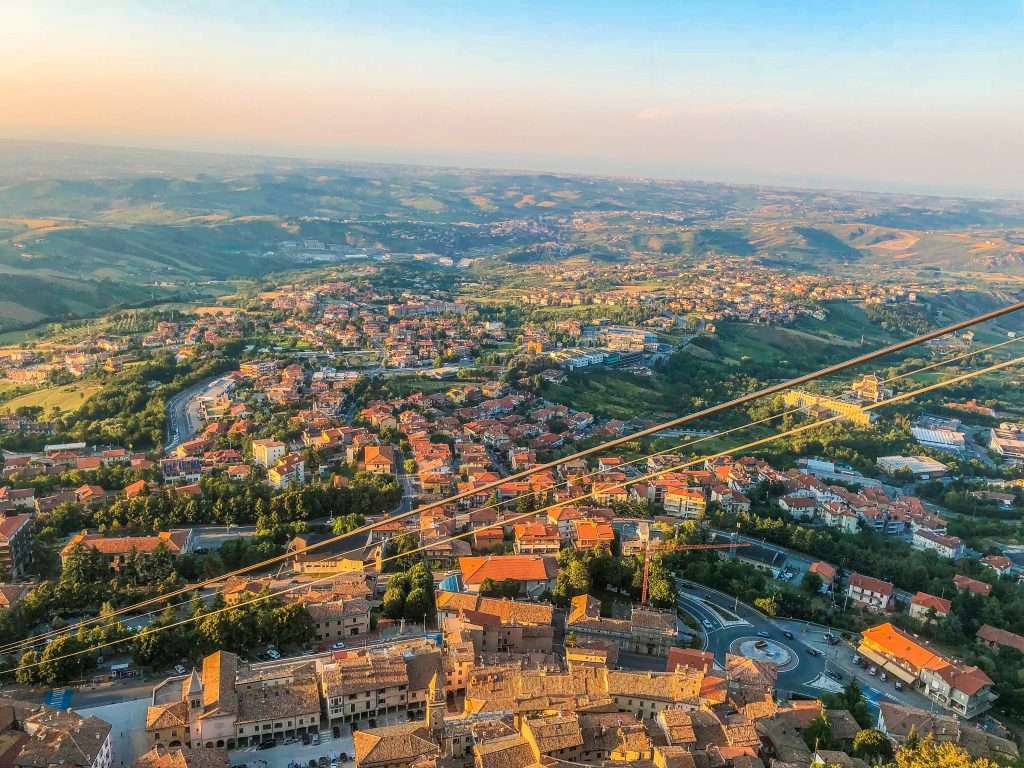
San Marino
Nestled within northeastern Italy, San Marino is one of the top 10 smallest countries in the world. Covering just 24 square miles (61 square kilometres), this landlocked microstate is the world’s fifth smallest country and one of the world’s smallest nations.
San Marino’s historical context dates back to 301 when Saint Marinus founded the city on Mount Titano as a refuge for Christians persecuted by the Roman Empire. Today, San Marino is the world’s oldest surviving sovereign state and a proud, independent republic.
Tourism, finance, and manufacturing industries, including the production of ceramics, electronics, and textiles, primarily drive the economy of San Marino. In terms of governance, the microstate is a parliamentary representative democratic republic, with two Captains and a Regent serving as heads of state and government for six months.
San Marino offers a wealth of cultural attractions and events for visitors to enjoy. The UNESCO-listed historic centre of San Marino City, perched atop Mount Titano, is home to three medieval towers that symbolize the nation’s independence. Other highlights include the Basilica di San Marino, the State Museum, and the annual Medieval Days Festival, which brings the city’s history to life through reenactments, parades, and traditional arts and crafts.
As we explore the top 10 smallest countries in the world, San Marino stands as a testament to the power of history, culture, and independence in shaping a nation’s identity.

Liechtenstein
As we venture further into the top 10 smallest countries in the world, we discover Liechtenstein, a small Alpine nation between Switzerland and Austria. With an area of just 62 square miles (160 square kilometres), it ranks as the sixth smallest country and one of the world’s smallest nations.
Liechtenstein’s political background is characterized by its status as a constitutional monarchy, with the Prince of Liechtenstein serving as the head of state. The nation has close ties with Switzerland, which handles its foreign affairs and provides military protection.
The economy of Liechtenstein is highly industrialized and prosperous, with a strong focus on manufacturing, finance, and the service sector. It is known for its low corporate tax rates, which have attracted numerous multinational companies, contributing to the nation’s high standard of living and low unemployment rates.
Liechtenstein’s natural beauty and tourism go hand in hand, as the nation’s stunning Alpine landscapes attract visitors year-round. Outdoor enthusiasts can enjoy skiing, hiking, and mountain biking. At the same time, those seeking cultural experiences can visit the capital city of Vaduz, which houses the Prince’s residence, Vaduz Castle, and the Liechtenstein National Museum. The annual Liechtenstein National Day celebrated on August 15th, offers a chance to experience the country’s traditions, cuisine, and warm hospitality.
In the context of the top 10 smallest countries in the world, Liechtenstein stands out as a prime example of how a small nation can flourish economically and culturally while preserving its natural beauty.

Marshall Islands
Continuing our exploration of the top 10 smallest countries in the world, we arrive at the Marshall Islands, an island nation located in the Pacific Ocean. Comprising over 1,100 individual islands and islets, the Marshall Islands has a total land area of approximately 70 square miles (181 square kilometres), making it one of the world’s smallest nations.
The historical overview of the Marshall Islands reveals a complex past, with periods of Spanish, German, Japanese, and American rule. The nation gained independence in 1986, becoming a sovereign state under a Compact of Free Association with the United States.
Environmental issues are of particular concern for the Marshall Islands, as the nation is highly susceptible to the effects of climate change, including rising sea levels, coastal erosion, and extreme weather events. Additionally, the islands still face the lingering impact of nuclear testing conducted by the United States during the 1940s and 1950s, with some areas remaining unsafe for habitation due to residual radiation.
The culture and society of the Marshall Islands are predominantly Micronesian, with a strong emphasis on communal living and traditional customs. The Marshallese people maintain their cultural heritage through oral storytelling, music, and dance, as well as by preserving their unique navigational techniques, which rely on the stars, ocean currents, and wave patterns. The annual Lutok Kobban Alele Festival celebrates the nation’s culture and traditions, showcasing traditional arts, crafts, and performances.
As we uncover the top 10 smallest countries in the world, the Marshall Islands serves as a poignant reminder of the resilience of human culture in the face of historic and environmental challenges.
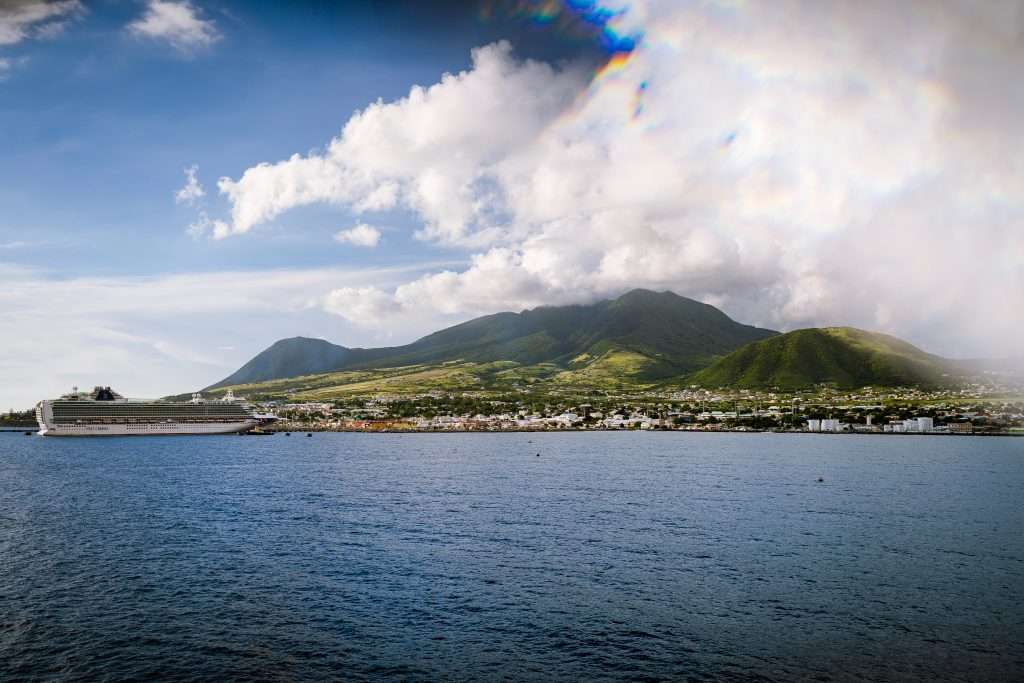
Saint Kitts and Nevis
Our journey through the top 10 smallest countries in the world brings us to Saint Kitts and Nevis, a Caribbean nation composed of two main islands. With a combined land area of just 104 square miles (269 square kilometres), it ranks as the eighth smallest country and is one of the world’s smallest nations.
The history and geography of Saint Kitts and Nevis are intertwined, as indigenous peoples first settled on the islands before being discovered by Christopher Columbus in 1493. The nation’s strategic location made it a valuable asset for European colonial powers, and it changed hands between the British and French several times before gaining independence in 1983.
Economy and tourism play crucial roles in Saint Kitts and Nevis, with the nation’s beautiful beaches, lush rainforests, and rich history attracting visitors worldwide. The country’s tourism sector is complemented by its growing financial services industry and efforts to attract foreign investment through its Citizenship by Investment program.
Among the unique aspects of this smallest country are the following:
- Its well-preserved colonial architecture.
- Vibrant Creole culture.
- The Brimstone Hill Fortress National Park.
This UNESCO World Heritage site is a testament to the island’s tumultuous past. The annual Saint Kitts and Nevis National Carnival, held in December and January, showcases the nation’s lively music, dance, and cultural traditions.
As we delve into the top 10 smallest countries in the world, Saint Kitts and Nevis stands out as a shining example of how a small nation can preserve its heritage while adapting to the modern world and embracing tourism as a vital economic driver.
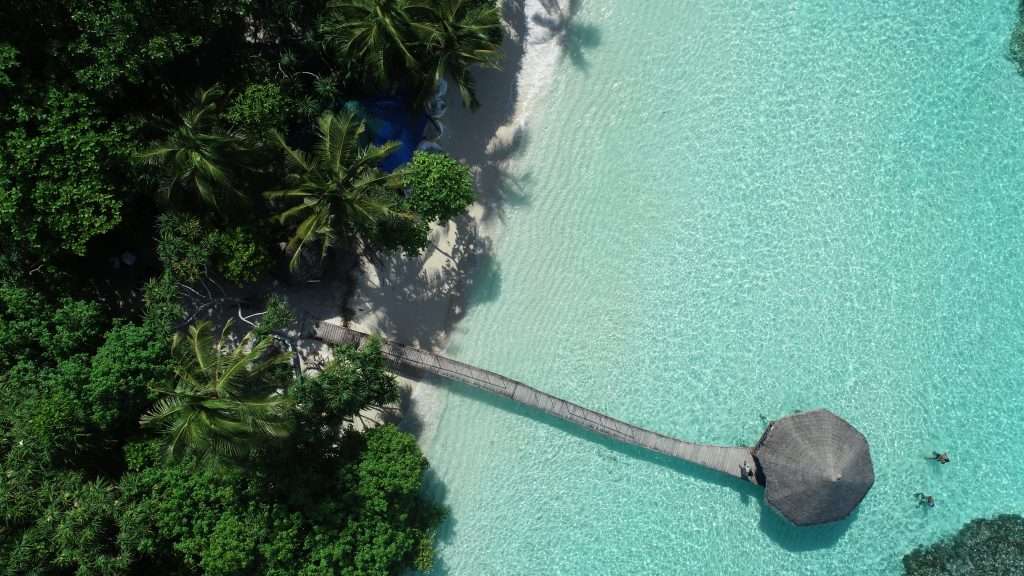
Maldives
The Maldives, an archipelago in the Indian Ocean, is our next stop on this journey through the top 10 smallest countries in the world. Consisting of 26 atolls and over 1,000 islands, the Maldives has a land area of just 115 square miles (298 square kilometres), making it one of the world’s smallest nations.
Due to its location and low-lying nature, the Maldives faces significant environmental challenges, particularly in climate change and rising sea levels. The nation’s government and international organizations are working to implement strategies to combat these threats and ensure the long-term survival of the islands and their communities.
The tourism industry is a critical component of the Maldives’ economy, with the nation’s stunning white-sand beaches, crystal-clear waters, and luxury resorts attracting visitors from around the globe. The Maldives is renowned for its world-class diving and snorkelling opportunities and its commitment to sustainable tourism practices.
The Maldives’ cultural heritage is a fascinating blend of South Asian, African, and Arab influences from its strategic location along ancient trade routes. The Maldivian people have maintained their unique cultural identity through traditional arts, music, and dance, as well as the preservation of the Dhivehi language and the ancient script of Thaana.
As we explore the top 10 smallest countries in the world, the Maldives offers a captivating glimpse into the beauty, resilience, and cultural richness of a nation facing considerable environmental challenges.

Malta
Rounding out our journey through the top 10 smallest countries in the world, we arrive at Malta, an archipelago in the Mediterranean Sea. With a land area of just 122 square miles (316 square kilometres), Malta is the tenth smallest country and one of the world’s smallest nations.
Malta’s historical background is rich and diverse, having been influenced by numerous civilizations throughout the centuries, including the Phoenicians, Romans, Byzantines, Arabs, Normans, and the British. The nation gained independence from the United Kingdom in 1964 and became a republic in 1974.
The economy and society of Malta are robust and multifaceted, with major industries including tourism, financial services, manufacturing, and maritime services. The nation boasts a high standard of living, a well-educated workforce, and a solid commitment to social welfare.
Malta’s cultural attractions and events are as diverse as its history, drawing visitors worldwide to experience its unique blend of Mediterranean influences. Fundamental interests include Valletta’s UNESCO World Heritage sites, the Megalithic Temples, and the Ħal Saflieni Hypogeum. Annual events such as the Malta International Arts Festival, the Valletta Film Festival, and the Malta Jazz Festival showcase the nation’s thriving arts scene.
As we conclude our exploration of the top 10 smallest countries in the world, Malta serves as a fitting finale, demonstrating the strength and richness of culture that can be found within even the smallest nations.
What did we learn today?
Today, we explored the top 10 smallest countries in the world and learned about the unique aspects of these world’s smallest nations. From the cultural treasures of Vatican City and the stunning landscapes of Monaco to the rich history of Malta and the environmental challenges faced by the Maldives, each country offers its distinct charm and allure. This journey has shown us that size does not define the importance or beauty of a nation and that even the smallest countries can significantly impact the global stage. We encourage you to delve deeper into these fascinating destinations, expanding your understanding and appreciation of the diverse tapestry of cultures and experiences that make up our world.

